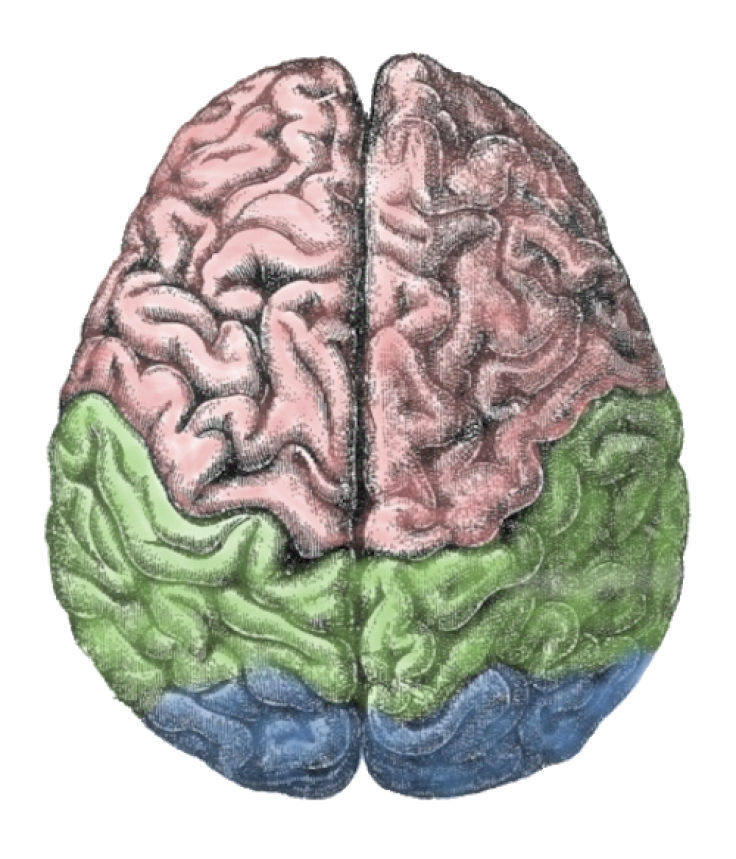Scientists Link Specific Brain Cell Types to Behavior

Attempting to clarify how responses in the cortex are interpreted, researchers at the Cold Spring Harbor Laboratory (CSHL), New York, conducted experiments on mice, and were able to isolate the specific brain cell types associated with "stay" and "go" decisions, which are primarily supported by the anterior cingulate cortex (ACC) region in the brain.
Also known as foraging behavior, "stay" and "go" decisions triggered activity in the inhibitory neurons known as somatostatin (SOM) and parvalbumin (PV), according to a press release.
The researchers used a mouse with genetic modifications, which allowed them to target specific neurons with any protein of interest. Using a technique called optogenetic tagging, they used a light-activated protein to label specific neuron types in the ACC of the mouse. When they shone light onto the brains of mice that they were recording, they found increased activity in the PV and SOM inhibitory neurons, and were able to isolate them among the other cells.
They found that the PV and SOM neurons were most active during foraging behavior. When mice entered an area where they could drink water as a reward, SOM inhibitory neurons decreased in activity, allowing for information to flow freely to the ACC. However, when the mice decided to leave the area, PV inhibitory neurons quickly reset cell activity.
"The brain is complex and continuously active, so it makes sense that these two types of inhibitory neurons define the boundaries of a behavior such as foraging, opening and then closing the 'gate' within a particular neural circuit through changes in their activity," Adam Kepecs, an associate professor at CSHL, said in the release.
The discovery is important for behavioral neuroscience, because it solves a piece of the problem scientists call "the cortical response zoo." Normally, a scientist who is recording neural responses in the cortex can't tell which neurons they are recording from, since so many responses are seen.
"There's a big gap in our knowledge between our understanding of neuron types in terms of their physical location and their place in any given neural circuit, and what these neurons actually do during behavior," Kepecs said.
The experiment showed that specific cortical neuron types could be linked to specific aspects of behavior.
"We think about the brain and behavior in terms of levels; what the cell types are and the circuits or networks they form; which regions of the brain they are in; and what behavior is modulated by them," Kepecs said. "By observing that the activity of specific cell types in the prefrontal cortex is correlated with a behavioral period, we have identified a link between these levels."
This study was published online in the journal Nature.
Sources:
Kepecs A, Kvitsiani D, Ranade S, et al. Distinct behavioural and network correlates of two interneuron types in prefrontal cortex. Nature. May 2013. Accessed May 27, 2013



























